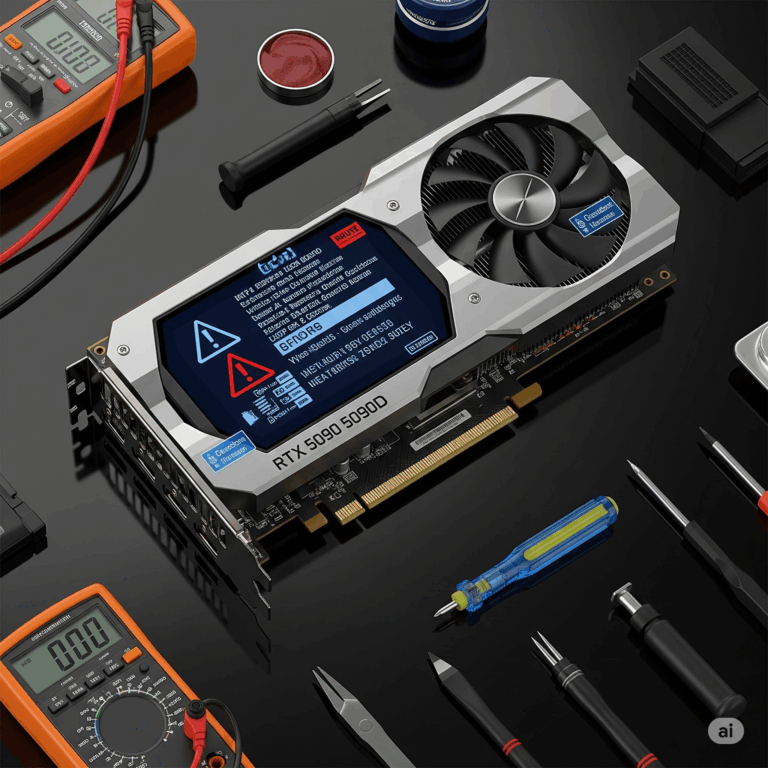
What Is a Tool Setting Probe?
A tool setting probe is a device in modern manufacturing designed to enhance the precision and efficiency of machining operations. It accurately measures and calibrates the various machining tools used in machining processes, ensuring that each cut, bore, mill, or other manufacturing operation performs accurately.
Tool setting probes, usually installed on the machine table, offer a cost-effective, contact-based solution for tool setting within the machine. These probes accurately determine tool geometry by measuring parameters such as the tool’s length and radius offset and detecting wear or breakage.
A CNC program cycle handles all required movements and tool touch-offs. Contact tool setters can be hard-wired or wireless and are connected to an interface module directly to the machine’s control system. If wear exceeds the set tolerance, the software will trigger an alarm.
Tool setting probes automate the process of tool measurement, eliminating the need for manual intervention. Consequently, these devices save time and minimize the chances of human error. As a result, manufacturers can produce higher-quality products at a faster rate and lower cost. Tool setting probes are particularly valuable in industries requiring high precision, such as aerospace, automotive, and medical device manufacturing.
How Does a Tool Setting Probe Work?

tool setting probe collecting measurement data
Understanding how a tool setting probe operates is essential for appreciating its significance in modern manufacturing. These devices function as precision instruments, integral to manufacturing processes.
Let’s explore the inner workings of tool setting probes in detail below:
Principle of Touch-Trigger Probing
Tool setting probes operate on the principle of touch-trigger probing. This method involves the probe physically contacting the tool to collect measurement data. The process begins with the probe positioned near the tool to be measured. Once in position, the probe gets activated, causing it to move towards the tool until contact is made. Upon contact, the probe triggers a signal, indicating the measurement process has begun.
Data Collection Process
The probe then moves along predetermined paths, making contact with various points on the tool’s surface. As it touches each end, the probe records precise measurements of the tool’s position, dimensions, and geometry. These measurements then get captured using built-in sensors within the probe, such as optical or strain gauge sensors, which detect minute changes in position or force.
Analysis and Adjustment
Once all necessary measurements have been collected, the probe sends the data to the machine’s control system for analysis. The control system interprets the data and uses it to calculate adjustments to the machining process. For example, suppose the measurements indicate that the tool is slightly off-center or its dimensions have changed. In that case, the control system may automatically adjust the tool’s position or make corrections to the machining parameters to ensure accurate machining.
Real-Time Feedback and Advanced Features
Tool setting probes also provide real-time feedback on tool conditions. Essentially, probes can detect deviations from the desired parameters by continuously monitoring tool measurements during machining operations. Hence, they help initiate corrective actions immediately.
Some advanced tool setting probes incorporate features like wireless connectivity and tool identification capabilities. These features enable seamless integration with manufacturing systems and enhance data collection and analysis. For example, wireless probes can transmit measurement data directly to a computer or mobile device. This advanced feature allows operators to monitor machining processes remotely and adjust as needed.
Applications of Tool Setting Probe in Manufacturing
Tool setting probes are extensively used across various manufacturing industries, significantly enhancing precision, efficiency, and quality control.
Below are some of the primary applications of tool setting probes:
Tool Length Measurement
Tool setting probes remain vital in measuring the length of cutting tools. By accurately measuring tool length, probes ensure that tools are properly positioned within the machine, minimizing the risk of errors and improving machining accuracy.
Tool Diameter Measurement and Calibration
Tool setting probes also apply to measure cutting tools’ diameter and calibrate machining processes accordingly. Accurate tool diameter measurements are crucial for achieving precise cuts and maintaining tight tolerances in machined parts.
Moreover, probes enable manufacturers to verify tool dimensions quickly and adjust machining parameters, such as feed rates and cutting depths, to ensure optimal performance. This application ensures that machined parts meet exact specifications and quality standards.
Workpiece Measurement and Setup Verification
Precision manufacturers also employ tool setting probes to measure workpieces and verify setup accuracy. Before machining operations commence, probes can ensure that workpieces are correctly positioned and aligned within the machine. By verifying setup accuracy, probes help prevent costly errors and rework caused by misaligned workpieces.
Furthermore, probes can periodically measure workpiece dimensions during machining to monitor dimensional accuracy and detect deviations from the desired specifications. This enables operators to make timely adjustments to maintain quality.
Tool Breakage Detection and Machine Protection
Tool setting probes are crucial in detecting tool breakage and protecting machining equipment from damage. By continuously monitoring tool conditions during machining operations, probes can detect sudden changes in tool position or force indicative of tool breakage.
Upon detecting a potential tool breakage, probes can automatically stop the machining process or trigger an alarm, preventing further damage to the workpiece or machine. This application helps reduce downtime repair costs and ensure the safety of operators and equipment.
Pros and Cons of Tool Setting Probe in Manufacturing

tool setting probe at work
Tool setting probes offer several advantages and disadvantages in manufacturing applications. Below, we’ll examine the key pros and cons of using tool setting probes:
Pros
Check the advantages of tool setting probes in manufacturing below:
Enhanced Precision and Accuracy
Tool setting probes contribute to achieving precise and accurate machining by ensuring proper tool measurement and calibration. This results in tighter tolerances and higher-quality machined parts, reducing the likelihood of errors and rework.
Improved Efficiency and Productivity
Tool setting probes automate tool measurement and setup processes, reducing setup times and increasing overall efficiency in manufacturing operations. This allows for faster production rates and greater throughput, ultimately improving productivity.
Minimized Material Waste
Accurate tool measurement and calibration help minimize material waste by reducing the occurrence of scrap parts due to machining errors. Tool setting probes ensure that machining processes are optimized, leading to more efficient use of workpieces.
Increased Tool Life
Tool setting probes detect tool wear and adjust machining parameters to compensate for it. This extends the lifespan of tools and decreases the need for frequent tool replacements, offering cost savings for manufacturers.
Cons
Here are the downsides associated with tool setting probes in manufacturing:
Initial Investment Cost
Implementing tool setting probes requires an initial investment in equipment and technology. For some manufacturers, the cost of purchasing and installing probes and training personnel on their use can be substantial.
Complexity of Integration
Integrating tool setting probes into existing manufacturing systems may require machinery and control systems modifications. Thus, this process can be complex and time-consuming, potentially disrupting production schedules.
Elaborate Maintenance Requirements
Tool-setting probes require regular maintenance and calibration to ensure accurate and reliable performance. Failing to maintain probes properly can lead to potential quality issues in machined parts.
Risk of Error
While tool setting probes help improve accuracy and reduce errors, there is still a risk of measurement inaccuracies or malfunctions. As a result, it is vital to train operators properly on how to use and interpret probe data to mitigate the risk of mistakes in machining operations.
Conclusion
Tool setting probes are essential in modern manufacturing. They enhance precision and efficiency by accurately measuring and calibrating tools. They operate through touch-trigger probing, collecting data that enables real-time adjustments to machining processes.
Tool setting probes offer enhanced precision, increased efficiency, minimized material waste, extended tool life, and better process control. However, they also come with challenges like initial investment costs, integration complexity, maintenance requirements, limited compatibility, and potential measurement errors.





